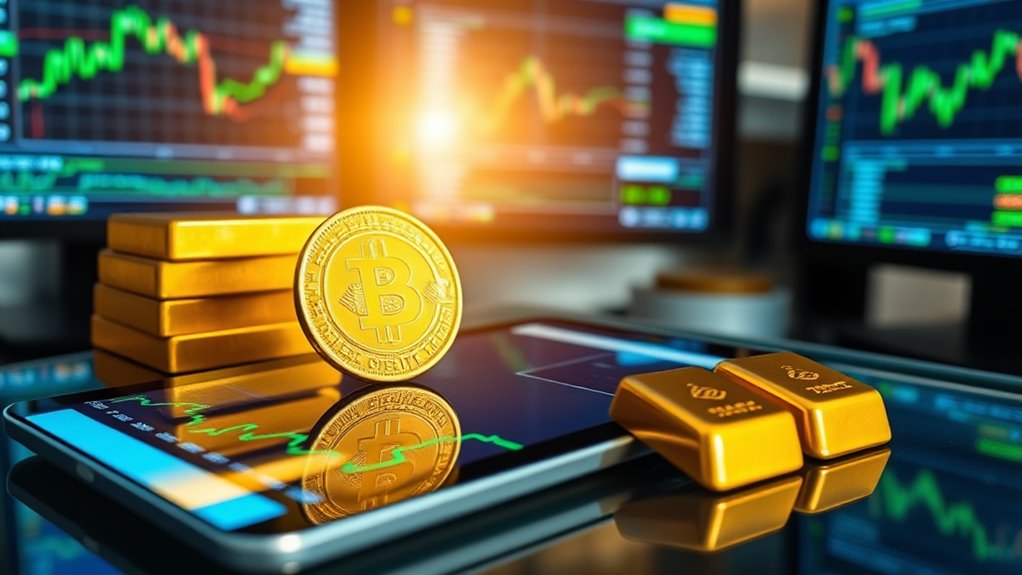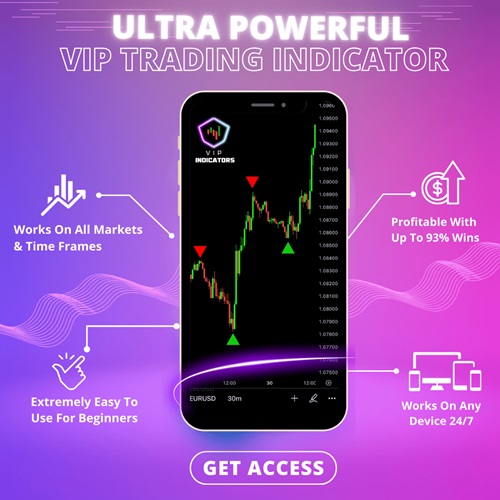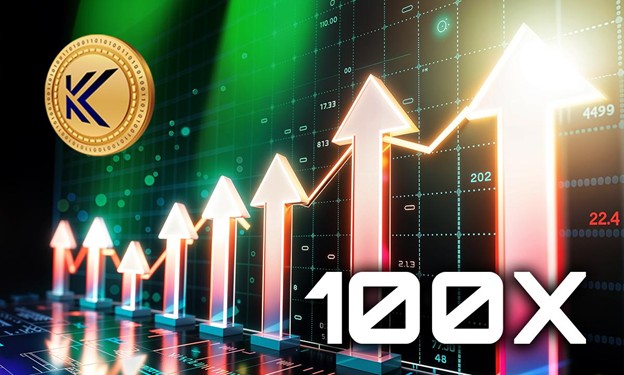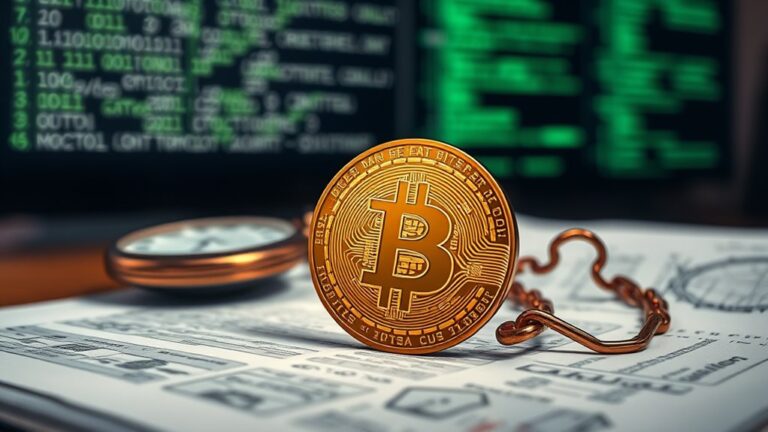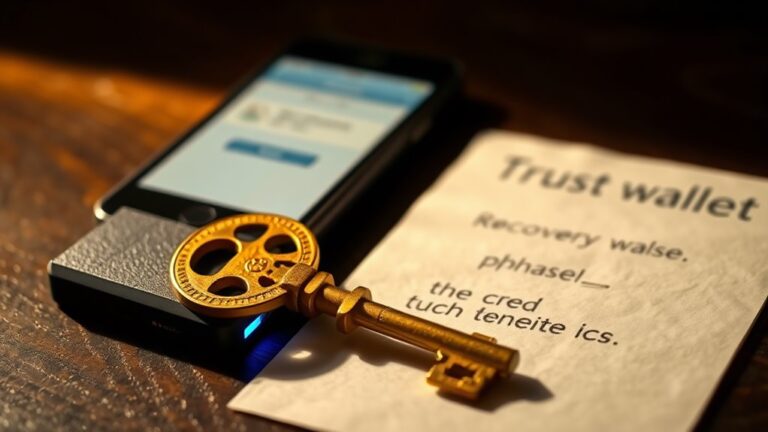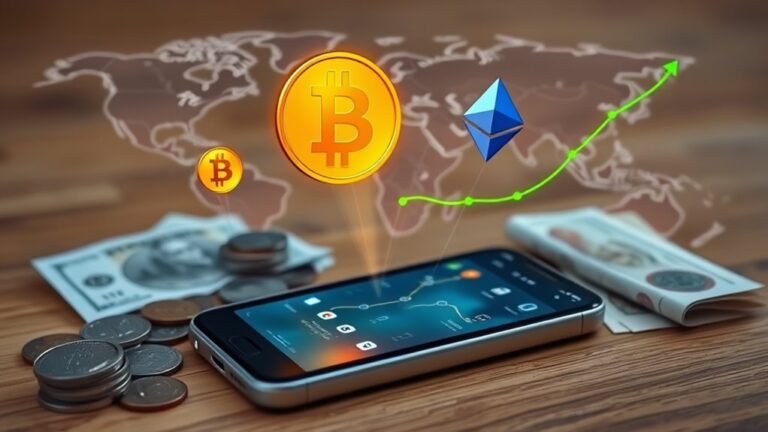Gold Price Forecast: Cryptocurrency Insights?
Note: This post may contain affiliate links, and we may earn a commission (with No additional cost for you) if you purchase via our link. See our disclosure for more info. The gold and crypto world is constantly changing. This is not financial, investment, legal, or professional advice. So, please verify the information on the gold and cryptocurrency provider’s websites.
Gold's price is set to soar, with predictions hitting $3,100 or even $3,500. Thanks to central banks gobbling up gold post-Russia sanctions, demand is on fire. The interest rate cuts in 2025? They'll make gold even shinier. Oh, and then there's cryptocurrency merging with gold. Yep, that's right—digital assets are dancing with the old-school safe-haven. Just a new twist in the chaos. Stick around to discover the evolving market dynamics.

As gold prices gear up for a wild ride in the coming years, one can't help but wonder: is the shiny metal about to make a serious comeback? Well, hold onto your hats, because the central banks are going all-in. Goldman Sachs has flipped the script, forecasting gold prices could hit a staggering $3,100 by the time 2025 rolls around.
Why? Central bank buying has skyrocketed, especially after that little fiasco with Russia. December 2024 alone saw purchases hit 108 tonnes—up from the measly 17 tonnes average before 2022. Talk about a gold rush! This surge in demand is largely driven by central bank reserves increasing significantly since the freezing of Russian assets in 2022. Additionally, the recent current gold price of $3,034.90 reflects strong market interest and optimism.
Let's break this down. If central banks keep their buying spree going, gold prices might just jump by 9%. That's a big deal. They're even looking to diversify away from US Treasuries. Who can blame them with all the debt drama? It's like they're saying, “Gold is our new best friend.”
Central banks are going all-in on gold, eyeing a 9% price jump as they ditch US Treasuries. Gold is the new best friend!
Now, let's chat about interest rates. The Fed plans to cut rates—twice in 2025, to be exact. Lower rates? Gold gets more attractive. Why? Because it's a non-interest-bearing asset.
And if rates stay flat? Well, gold might hover around $3,060. That's still impressive. Lower rates mean less opportunity cost for holding gold, making it a hot commodity compared to those boring bonds.
But wait, there's more. Speculators are playing their own game in the futures markets. Sure, they've got high net long positions, which could lead to some short-term price corrections. Innovative investors are also turning to gold-backed cryptocurrencies as a way to combine digital asset benefits with gold's enduring value.
But don't let that fool you. Geopolitical risks are breathing new life into safe-haven demand. You think tariffs and policy uncertainty are going away? Think again!
Goldman isn't alone in the hype. Bank of America is aiming for a jaw-dropping $3,500, while others are just as optimistic.
Frequently Asked Questions
How Do Geopolitical Events Affect Gold Prices?
Geopolitical events can send gold prices soaring, like a rocket. Conflicts? Investors flock to gold as a “safe haven.” Just look at the Hamas-Israel tensions—boom, a 9% jump.
Market instability—hello, trade wars and sanctions—only boosts gold's appeal.
But here's the kicker: prices often drop after the initial chaos. It's a wild cycle of fear, uncertainty, and profit-taking, leaving investors dizzy.
Gold shines bright in turmoil, but it's not always a sure bet.
What Are the Historical Trends of Gold Prices?
Gold prices have had quite the rollercoaster ride. For centuries, it was as stable as your grandma's recipe for apple pie.
Then came the '70s, and bam! Prices skyrocketed. Fast forward to the 2000s, and it dipped, only to soar again.
Now, it's like a reality show—full of drama. Geopolitical tensions? Inflation? Yeah, those get the gold price dancing.
It's a wild ride, and nobody knows what's next. Buckle up!
How Does Inflation Impact Gold as an Investment?
Inflation and gold? They go together like peanut butter and jelly.
When prices rise, people panic. They rush to gold, thinking it'll save their wealth. It's like the ultimate safety net. During inflation, gold's appeal skyrockets. It's a go-to asset when currencies tank.
But here's the kicker: when interest rates rise, gold's charm fizzles a bit. Investors jump back to bonds and stuff. So, it's a love-hate relationship, really.
Which Factors Influence the Demand for Gold Jewelry?
Demand for gold jewelry? It's complicated.
Cultural ties, especially in places like India and China, keep buyers hooked, no matter the price. Festive seasons? Hello, jewelry spikes!
But let's not forget inflation and interest rates—they play a big role too. When the economy flops, people flock to gold for safety.
Oh, and central banks? They're hoarding gold like it's the last slice of pizza. It's nuts, really.
How Do Central Banks Influence Gold Price Movements?
Central banks have a major say in gold prices. They buy tons of the stuff, which drives demand up. Think of it as a gold rush but with less panicking and more strategy.
When they signal confidence in gold, everyone else pays attention. Rising interest rates? They can cool gold's appeal real quick.
But when inflation rears its ugly head, gold shines. It's complicated, but central banks love their shiny metal for a reason.

